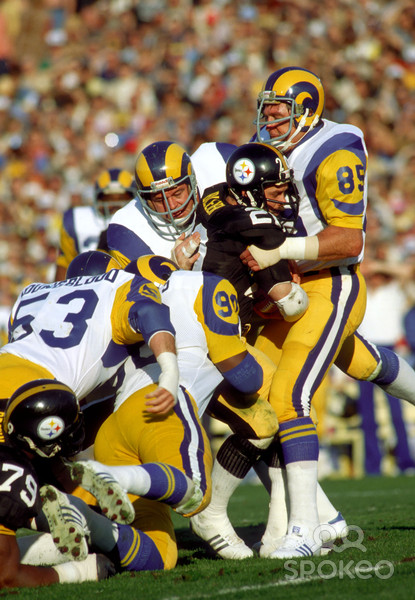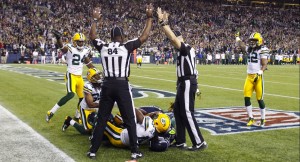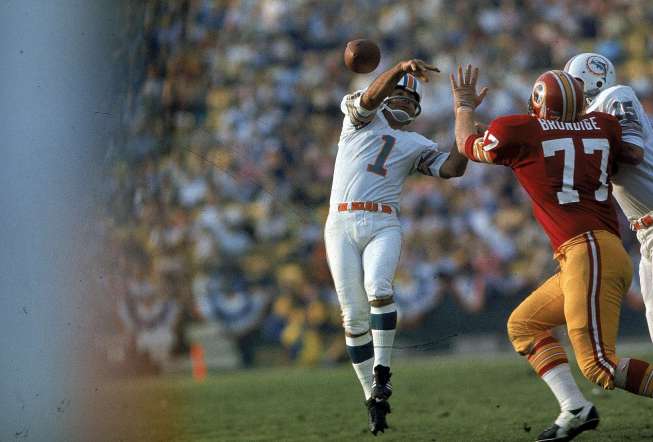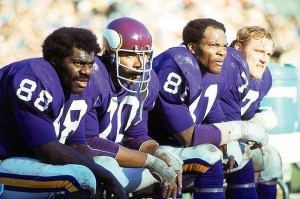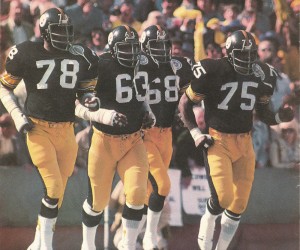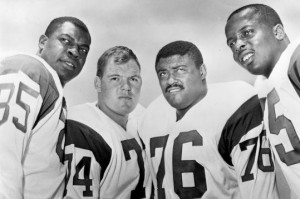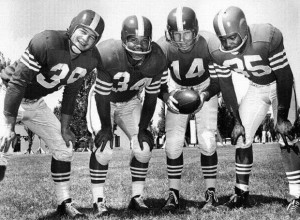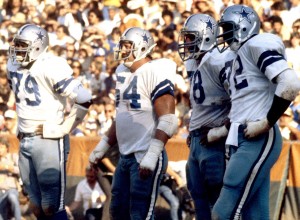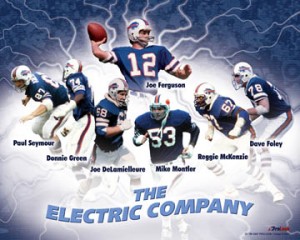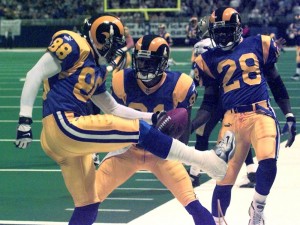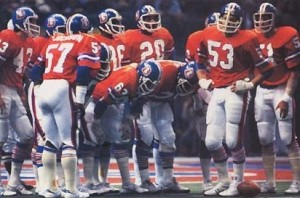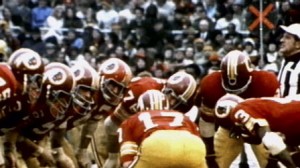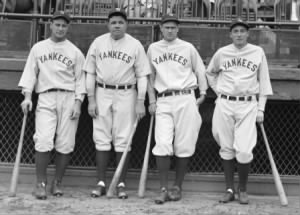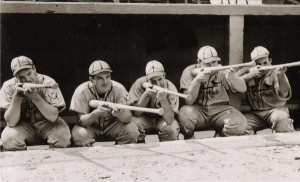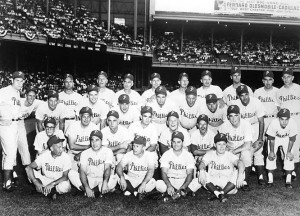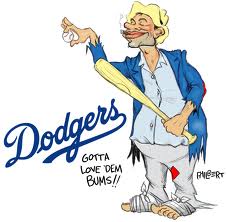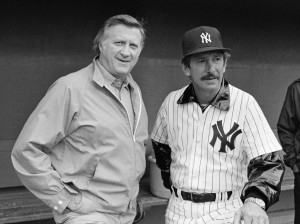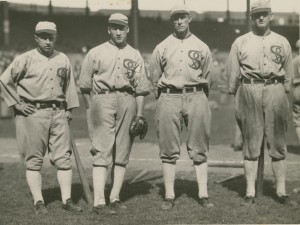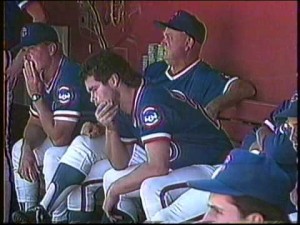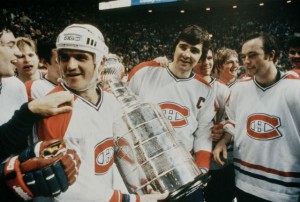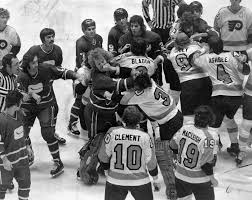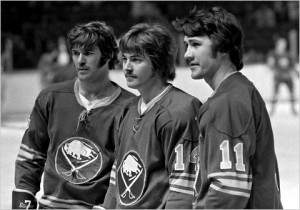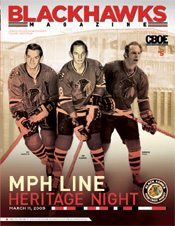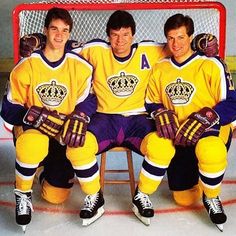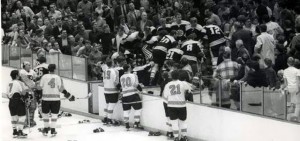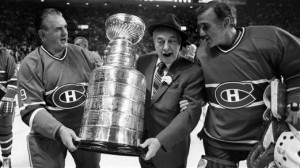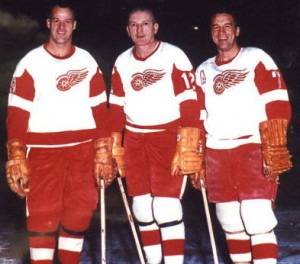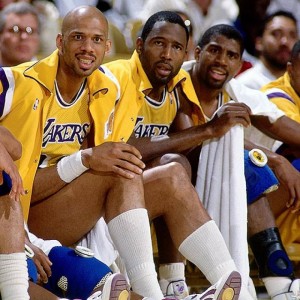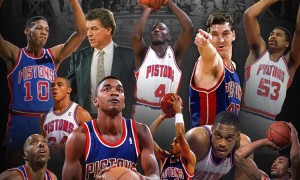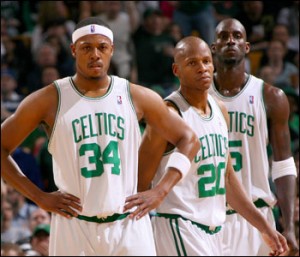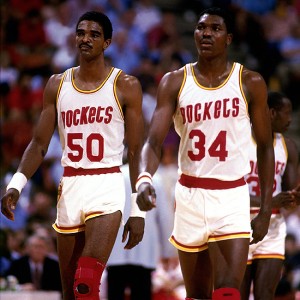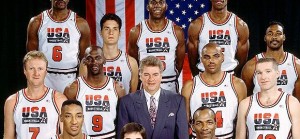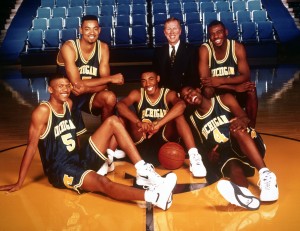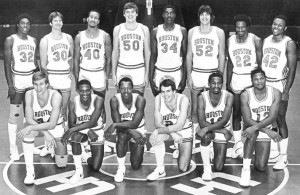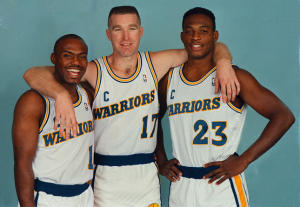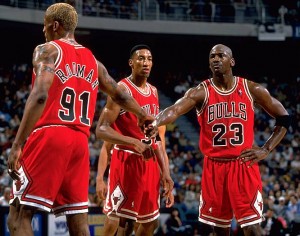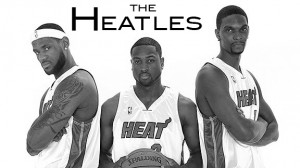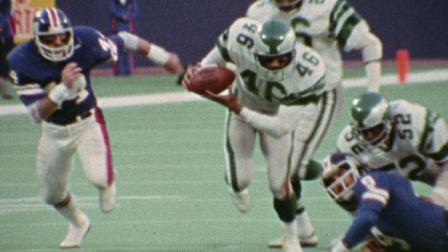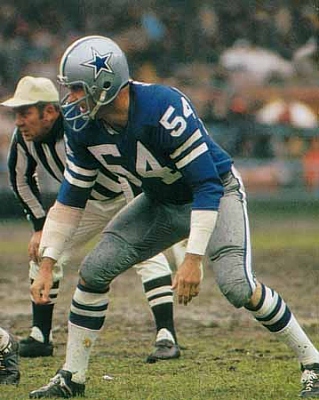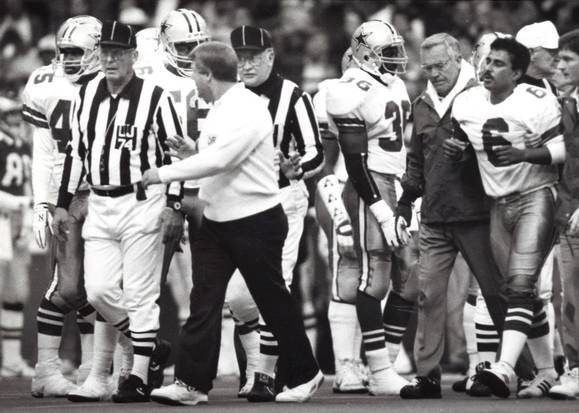The Pittsburgh Steelers and St. Louis Rams clash on this week’s National Football League schedule, which brings back Throwback Thursday memories of a Super Bowl played following the 1979 season between these two franchises. They entered the big game with totally different credentials – the Steelers had already won 3 titles in the decade and were a dominant franchise, while the Rams somehow snuck into the championship game after winning the NFC West title with a mediocre 9-7 record. Their coach, Ray Malavasi, had become the head man almost by accident the previous season when George Allen, who always wanted full control of all football operations but had to share that control with GM Don Klosterman, was abruptly dismissed after balking about the situation. The Steelers entered the game as heavy favorites, having dominated the ’70s with their “Steel Curtain” defense, which was expected to have their way with young L.A. quarterback Vince Ferragamo, who was only in his third season in the NFL and was forced into the starting role early in the season due to an injury to Pat Haden. Ferragamo’s statistics were very pedestrian, as he threw twice as many interceptions (10) as touchdown passes (5) after taking over as starter. Somehow, however, the Rams managed to win 6 of his last 7 starts to reach the Super Bowl. Still, conventional wisdom said he would be no match for Pittsburgh’s Terry Bradshaw, who at that point had 3 Super Bowl wins under his belt. The game didn’t quite go according to plan. The plucky Rams built a surprising 13-10 halftime lead, and the Steeler coaches laid into their players at halftime, feeling they were taking the Rams too lightly. Early in the third quarter, Bradshaw gave a preview of things to come by hooking up with Lynn Swann on a 47 yard scoring pass to give the Steelers the lead. The Rams came right back and scored on a play that was popular in the era – a halfback option pass – from Lawrence McCutcheon to Ron Smith. Pittsburgh then proceeded to move the ball on successive drives into Ram territory, only to have Bradshaw throw interceptions to keep the Rams in the lead. It began to appear as if the impossible were possible, that the overwhelming underdogs from Los Angeles could really win this game. It was then that Bradshaw cemented his legend as a true winner. He had been somewhat of an afterthought in the Steelers’ first 3 Super Bowl wins, as most of the credit for the team’s domination went to the defense. But in this game, despite having thrown 3 picks to this point, the “Blonde Bomber”, even with his star receiver, Swann now sidelined by injury, hooked up with another future Hall of Famer, John Stallworth, on a pair of stunning long passes – the first a 47 yard scoring throw, and the second another long toss to set up a 1 yard TD run by Franco Harris to put the Steelers up 31-19, which would turn out to be the final score. The win, the Steelers’ fourth of the decade, cemented Pittsburgh as the “Team of the 70s”, but it was their last hurrah, at least for this particular group. Players from the dynasty club’s roster began to retire in the next few years, including Rocky Bleier and the guy who was the face of the franchise, “Mean Joe” Greene. 
Steeler QB Terry Bradshaw unleashes a bomb
Despite losing, the Rams received a great deal of respect for pushing a club that was an NFL dynasty at the time to the brink of disaster before finally succumbing. The team’s defense matched the Steel Curtain blow for blow for most of the game, led by outstanding, hard-nosed players like linebacker Jack “Hacksaw” Reynolds, defensive end Fred Dryer, safety Nolan Cromwell and especially the other defensive end, Jack Youngblood, who played the game on a broken leg in an effort for the ages. Reaching the Super Bowl was also a career highlight for coach Malavasi, who was fired a few years later and died in 1987 at the age of 57.
The Rams’ Jack Youngblood (85) became a legend in Super Bowl XIV (photo courtesy of Spokeo.com)
